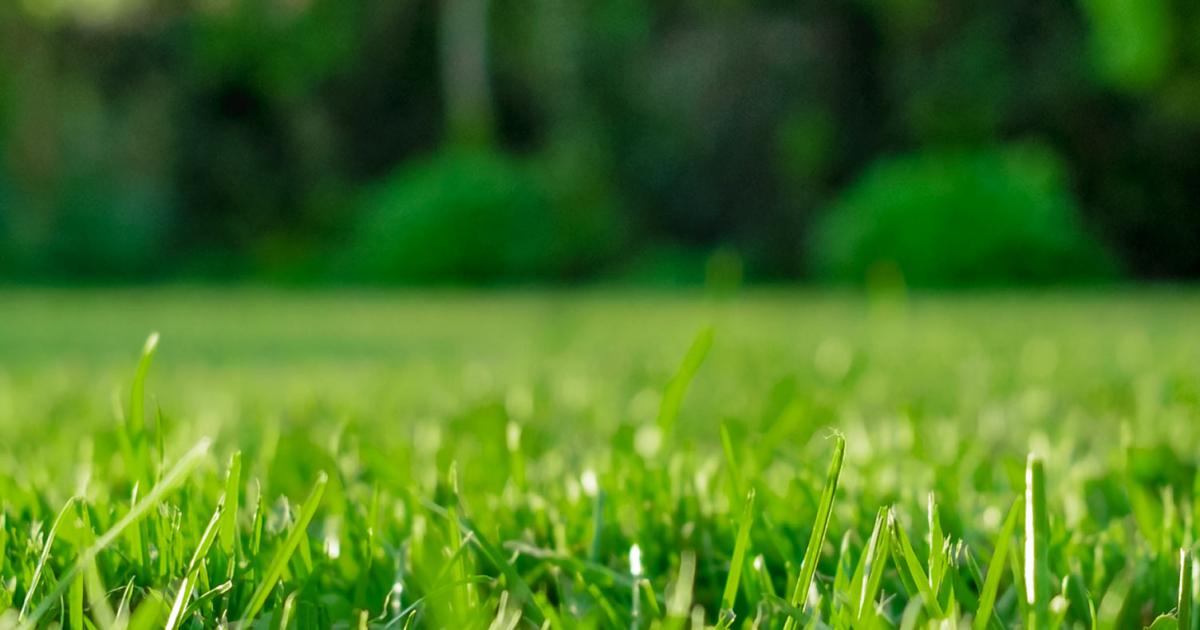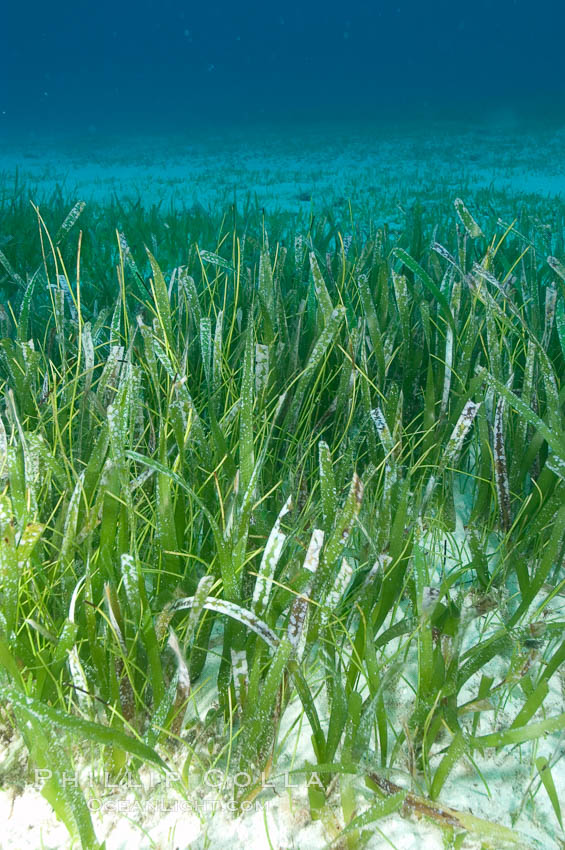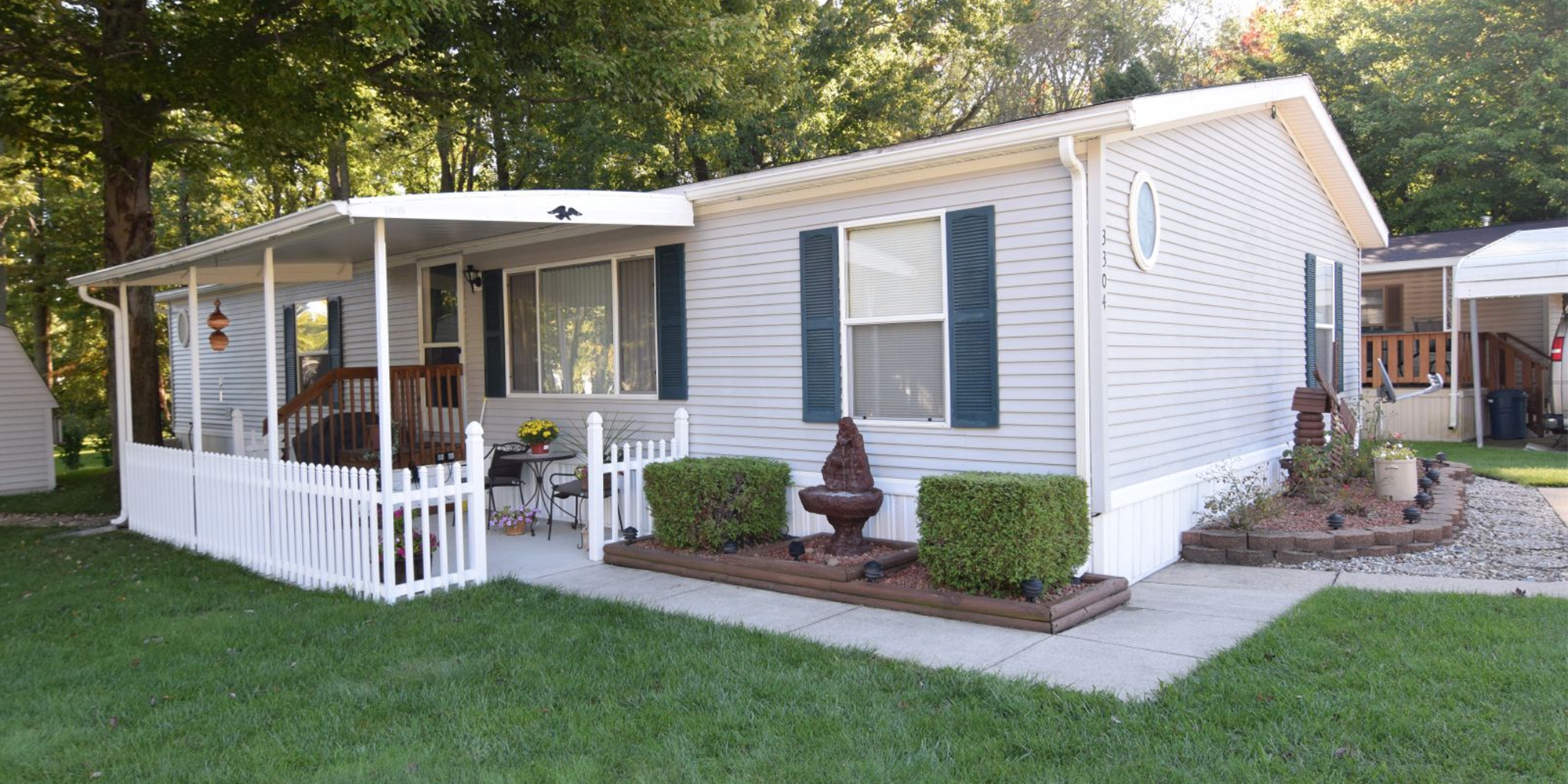Table of Content
Doing this ensures that both the grass and its roots are gone, which prevents the grass from growing back. Here are 9 effective ways to get rid of weeds without killing your grass in the process. Salt is not necessary when using vinegar, as the vinegar alone is usually strong enough to kill anything it touches. With salt, there is a risk of it washing into your garden where it can harm other plants so use care when applying.
For optimal results, always use natural grass killer on a sunny day when no wind is present and reapply regularly as new growth occurs. We encourage anyone who loves their lawn to try out these remedies. They are especially wonderful if you suffer from allergies to weed killers or have pets in your yard. These remedies are even safe enough for inexperienced children to use under supervision. We do want to remind you that every lawn is different, and the result may vary depending on your lawn type. If you don’t see improvement using remedies, then look into stronger lawn care products.
Other Ways to Make Your Lawn Greener
The bonus is that moss has very shallow roots so it is easy to pull up and out of the yard or anywhere it grows. If you have existing weeds that are actively growing, go with a postemergence herbicide. Choose a preemergence herbicide to kill germinating seeds before they break through your soil. While vinegar, rubbing alcohol, and boiling water can work to kill annual weeds, they won't work against some of the tougher, perennial weeds. You can still stay organic, but it takes some extra work on your part. Safety precautions should be taken seriously when using boiling water or a propane torch to kill weeds.

Read our editorial process to learn more about how we fact-check and keep our content accurate, reliable, and trustworthy. David Beaulieu is a landscaping expert and plant photographer, with 20 years of experience. He was in the nursery business for over a decade, working with a large variety of plants. David has been interviewed by numerous newspapers and national U.S. magazines, such as Woman's World and American Way. She has written articles on a number of topics including home improvement, pet care, health and physiology.
What Homemade Remedy Can I Apply to St. Augustine Grass to Make It Green?
Not only are store-bought ones harmful for the environment, they are dangerous if you have children or pets, and cost more as well. Among various household products, homeowners commonly use newspapers, vinegar and water to kill invasive or unwanted grass. Remove clumps of grass that have sprouted up in the gravel driveway using boiling water. The hot water will turn the grass blades brown and eventually kill the grassroots.
What you can do after they’re done is flush the area with a lot of water to dissolve the urine. Also, if you see a spot which does not look like a natural heat burn, chances are, your pet dog must have been the culprit urinating there. Even after repairing the lawn, there is still a lot of responsibility that will come afterwards if we do not want the same disaster to occur. This is an option we would take if the whole lawn is a disaster and our worst nightmare has come true. To repair or renovate the lawn would cost loads of money so that’s why we would do it only if we have no other choice. We do not recommend buying just about any expensive or cheap seeds to solve the problem.
How to Remove Weeds From the Yard Without Killing the Grass
Rather than spending too much time taking care of a small patch, what you can do is remove the burnt grass and plant new seeds. Critters can cause catastrophe in your yard if left unchecked. If you see the tell-tale signs of moles in the form of puffed up mounds and hills in your lawn, you have a problem. Moles feed on grubs and earthworms, and in the process, will wreak havoc on the roots of your grass unless you take action. Then, discourage their return by controlling grubs and cutting back on your watering routine to attract fewer earthworms to your yard. Soil compaction is often the product of heavy foot traffic on your lawn.
Using a hydrogen peroxide weed killer is just as effective as a salt and vinegar combination and you probably already have some in the medicine cabinet. Applying a thick layer of mulch increases how fertile the soil is, but can also work to kill the grass. Mulch kills grass through suffocation, as the layer of mulch restricts the amount of air and sunlight allowed to reach the roots. Neem oil works by preventing fungal spores from penetrating plant tissue. While the oil wont cure already infected grass, it does help contain the spread of disease. Store-bought lawn fertilizer can be expensive and even harmful to your lawn if applied too thickly.
You won’t see instant results, but if you apply it year after year, your grub population will dwindle to a manageable level. Spray inside the coffee can and allow the solution to drip onto the unwanted grass. The liquid dish soap ensures the vinegar sticks to the blades to dry them out and kills them. Spray area weekly as sprouting occurs from new seeds germinating or the roots.
Do a soil moisture test on the top 1-inch using your fingers. Therefore, its best if you waited until the rains go down to aerate it. Your lawn is naturally full of fungi and spores, some harmless and some problematic.
They’ll decompose, and enhance the soil beneath your grass with vital nutrients. On the other hand, there are actually some types of grass that can work for the hair, such as citronella grass. You just need to take the extract from them and apply to your scalp.

Weigh the edges of the plastic down with rocks or landscaping blocks to prevent it from shifting. The biggest advantage this method offers is it serves as a natural weed barrier, even after the grass is dead. Do not remove the plastic, but cut holes in it where you want to plant shrubs or flowers and spread a layer of mulch over it when you finish planting. If you need an even stronger DIY weed killer that won’t harm your grass, combine equal parts white vinegar, salt, and dish soap. Put the mixture in a spray bottle and spray it directly onto the weeds you want to kill. Use household products to kill unwanted grass instead of purchasing commercial grass killers.
The road to a beautiful lawn doesn’t have to be paved with a schedule of chemical treatments. There are several homegrown tips and techniques you can use to help your grass to grow lush and green this summer. Also, you have to make sure that you drink enough water each day.
Its leaves are sharp-edged and often have a tinge of magenta at the base. Place the weeds, grass, and roots into the bucket and dispose of it. Make sure to initiate this method on a day without any wind to prevent spraying nearby desirable plants and vegetation.
The right, or wrong, conditions can cause a fungus to erupt into a harmful disease. Grass leaves are like solar panels that trap sunlight which it uses to create and store food. The more grass in the lawn, the healthier and more resistant to diseases it will be.
Rust is a common fungal disease found on most species of grasses around World. These fungal spores easily get on shoes, mowers, and pets but are not harmful to humans or animals. In severe incidences, infected grass can thin and individual shoots may die. More often than not, fungi are the result of pests in the garden.






















